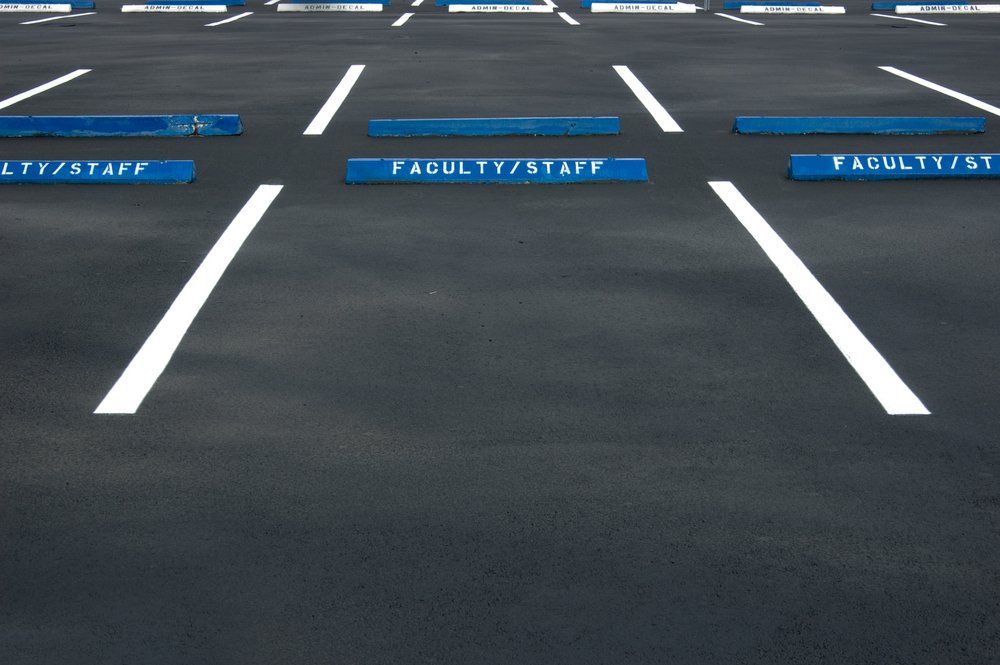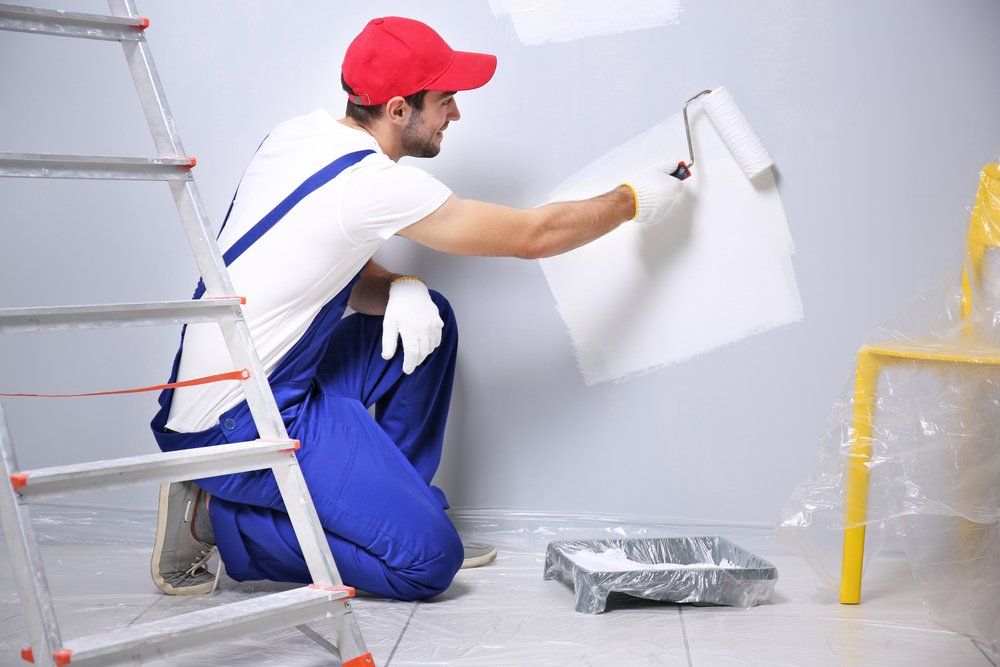Interior Painting Tips For Residential Houses
Before you start painting the interior of your residential house, it's essential to prepare the surfaces. Here are a few Interior Painting Tips For Residential Houses that will help you achieve the best result possible. Prepare the surfaces first by sanding the surface and covering the furniture with tarps. If holes are present in the walls, you can fill them with packing and then sand the area to a flush finish. Also, make sure to remove or protect any window treatments. Next, prepare the walls by cleaning them.

Choosing a strong colour
If you are painting a residential house, choose a strong colour that will stand out and enliven the place. There are a variety of colours to choose from, and each has its own unique effects on the way your house looks. Consult with people who know how to use colour to make a home stand out, as they will likely have many ideas on what works. If you're not sure about the right colour, use a visualiser to help you choose the perfect hue.
A good way to choose the right colour for your residential house is to choose a colour that you love and one that you feel comfortable in. However, if you're planning to sell your home later, you might want to consider choosing a more neutral colour. This is because vibrant colours tend to fade quicker than neutral shades. To avoid the fear of making a colour mistake, you can test a colour on a wall first. Then, ask the paint store to formulate it half-strength and add some Gray to it.
Preparing surfaces
Before painting the interior of your residential home, prepare all surfaces for the paint. Clean and repair any cracks, holes, and other damage before starting. Also, remove any old paint to ensure the smoothest surface possible. Then, sand the surfaces to an even finish and choose an even primer. Wait a few days before painting to ensure it is completely dry before re-application. This step will also ensure the quality and durability of the finished product.
Top contractors know how to prepare surfaces for painting. They spend a significant amount of time on the preparation phase. This ensures that every surface is 100 percent paint ready. A top contractor will have a team of professionals who have extensive experience evening surfaces, repairing cracks, and even masonry work. They will also prepare the interior surfaces by removing all electronics, moving furniture, and protecting any soft furnishings. If these preparations are done by a professional, it should only take a few days.
Another step in the interior paint prep process is to remove wall decor. This step will ensure that there are no nail holes or other marks on the walls. Additionally, it will ensure that the walls are clean and drywall is smoothed out. By doing these things, you'll get the best quality interior painting and bring out the true potential of your home. Advanced Painting has the expertise to help you prepare your surfaces before interior painting residential house.
While preparing the surfaces is an essential part of the interior painting process, it is often overlooked. It can make or break the quality and durability of the paint job. Skimping on the preparation process will only lead to more problems down the road. Even the most expensive paint won't make up for poor surface preparation. Just make sure you take your time and follow these tips! You'll be glad you did.
Using a roller
Buying a cheap roller for interior painting is not a good idea. The best rollers aren't the cheapest, but they're also usually not the best value. Durability and reliability go hand in hand. A durable roller will last for months without any problems, while a newer one might have added features that you won't want to miss. However, you do have to consider your budget when buying a roller.
The most effective method is to use a zigzag pattern when painting. Professional painters recommend starting the roller stroke away from them. Roll the roller upwards on the walls first, and avoid rolling it down on the first stroke. This can result in paint puddles and spray. If you don't follow these tips, you'll end up with a mess. Then, go back to the top of the walls and repeat the process.
To paint a wall, the first step is to clean the roller thoroughly. Stray fibres and paint can clog the roller while painting. Remove any loose fibers and lint with a piece of tape or lint brush. Next, lightly dampen the roller's sleeve so it can be used again. Using a roller for interior painting can save you time, money, and aggravation.
Choose the right roller cover for the job. Roller covers come in different cap sizes and thickness. If you're painting a large surface, consider purchasing a microfiber roller cover, which holds up to three times more paint than a standard roller. This is recommended for semi-gloss finishes and should be used on surfaces where a smooth finish is desired. In addition to that, you should choose paint roller covers with the right thickness to get the smoothest finish possible.
Using a sash brush
Sash brushes come in a variety of sizes, ranging from 20 to 40 mm. These paint brushes are ideal for decorative painting, faux finishes, and furniture. The bristles are set in a circular configuration, which is conducive to 3D painting. While most interior painting brushes are round, some homeowners find that a squared-off, slightly flattened brush is more suitable.
Sash brushes are available in flat and angled styles. The angle sash brush features a slanted ferrule for consistent bending of the bristles. These brushes are useful for painting flat surfaces and are also good for detail work. The flat sash brush is best for painting larger flat areas. While sash brushes are perfect for small-scale, residential house painting, angled ones work best on large surfaces.
Using a sash brush for residential house is an effective way to paint window frames, doors, and cupboards. Its narrow shape makes it easier to maneuver around corners and enables smoother coverage than a flat brush. Also, its soft bristles allow it to be easily cleaned. If you don't have any sash brush at hand, you can try a flat one instead.
A good sash brush can save you a lot of time and effort. Its bristles are tightly packed and extend all the way from the ferrule, which is the metal band that holds the bristles together. A sash brush is useful for areas where you need to have a lot of control over the paint application. In addition, it is easy to clean and reuse a sash brush.
Using a primer
Using a primer when painting a household is not necessary in every painting project. But there are some situations in which using one is necessary, and primer is one of them. Using it on bare walls is not always a good idea, since it will soak up the paint like a sponge, and that means it will cover better in some areas and not as well in others. If you're painting a new residential house, you should consider the following.
If you're painting a residential house yourself, you'll want to use a primer, as it creates a layer that paint will adhere to. Primers also save you money because they are much less expensive than paint. Using a primer also prevents you from buying multiple paint colours if the primer doesn't adhere well to your surface. Using a primer before you paint will help you save time and money by preventing you from having to repaint the same area again.
Prior to applying primer, prepare your substrates. First, prepare the bare surfaces by sanding loose paint, cleaning walls and furniture, and using Spackle to remove loose paint. You should also protect furnishings, plants, and walls by using drop-cloths and masking. Professional painters will take care of these preparations before they begin painting the walls. However, if you are painting over bare wood, you should consider using a primer with a bonding agent, which will help block blemishes.
Although you may be tempted to skip this step, it's worth the extra effort. Primers strengthen the bond between the surface and topcoat, resulting in a longer-lasting paint job. However, there are some cases where primer isn't required, particularly if the surfaces are in good condition and were painted previously. Modern quality paints, for example, are self-priming, which means they will adhere to most surfaces.





